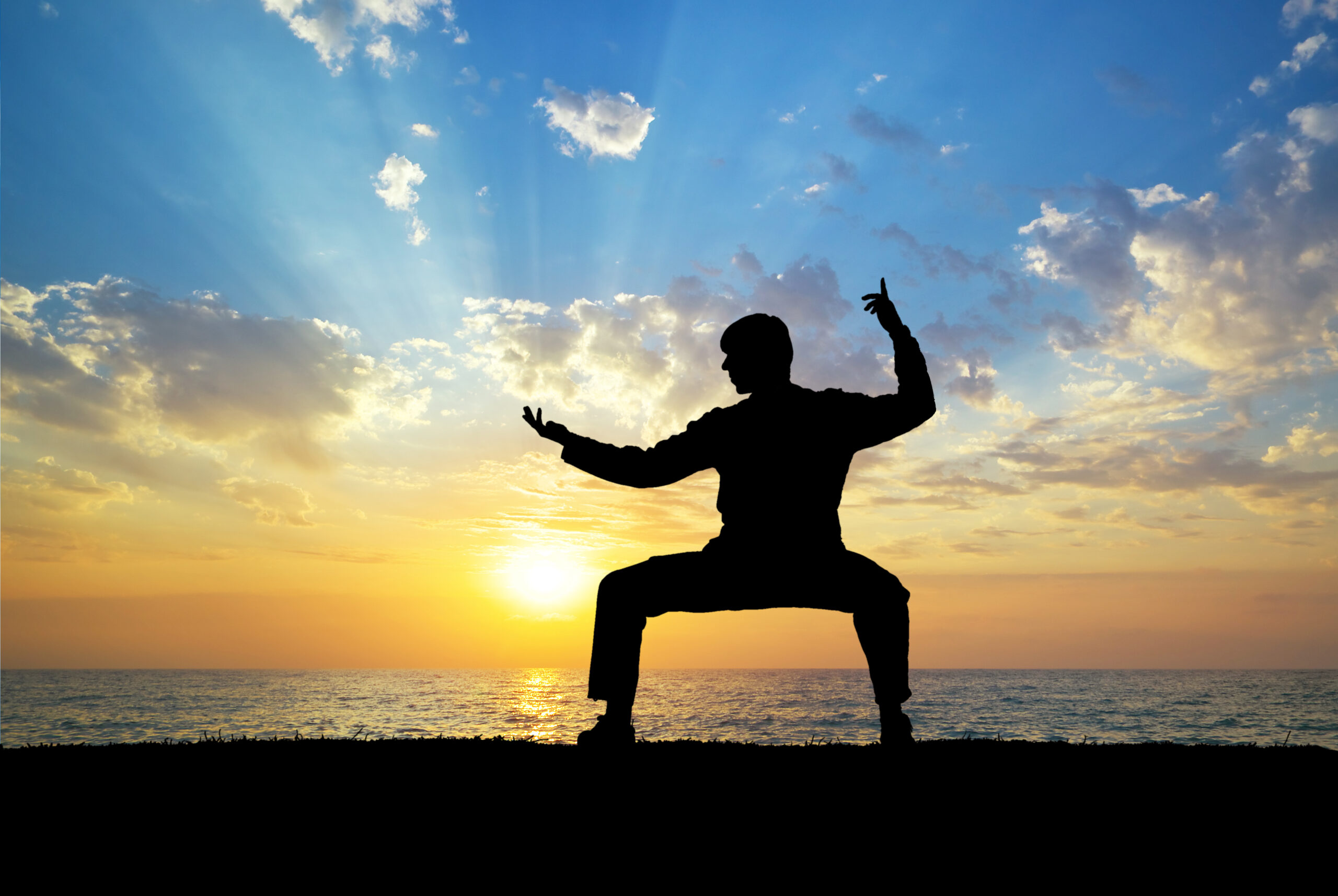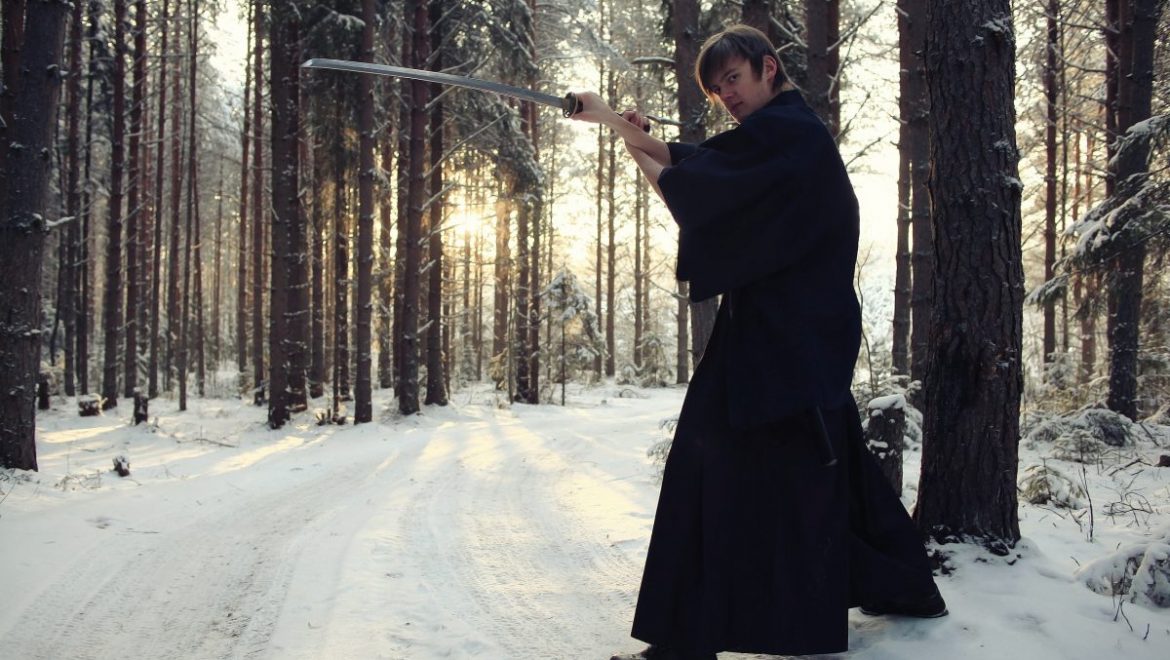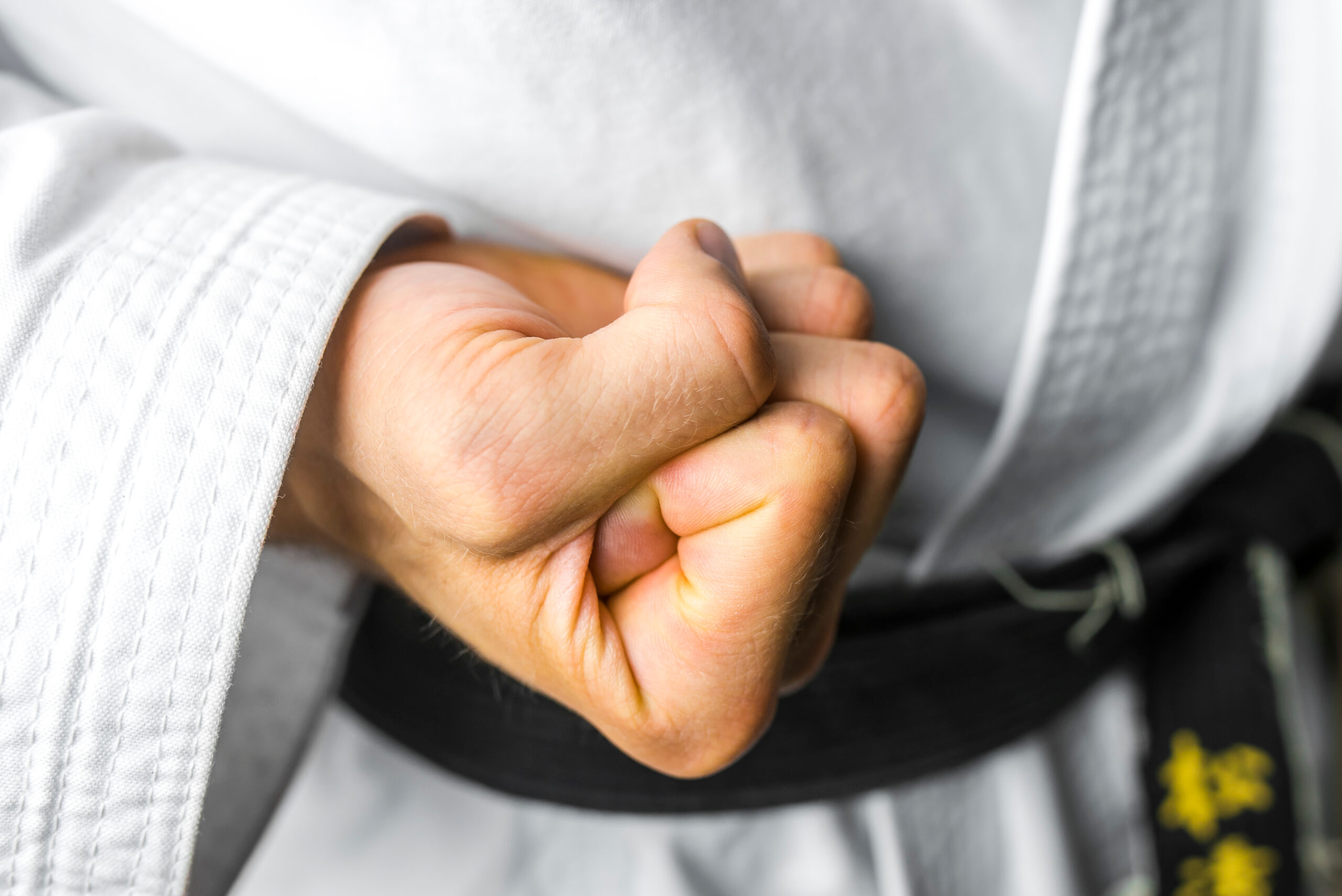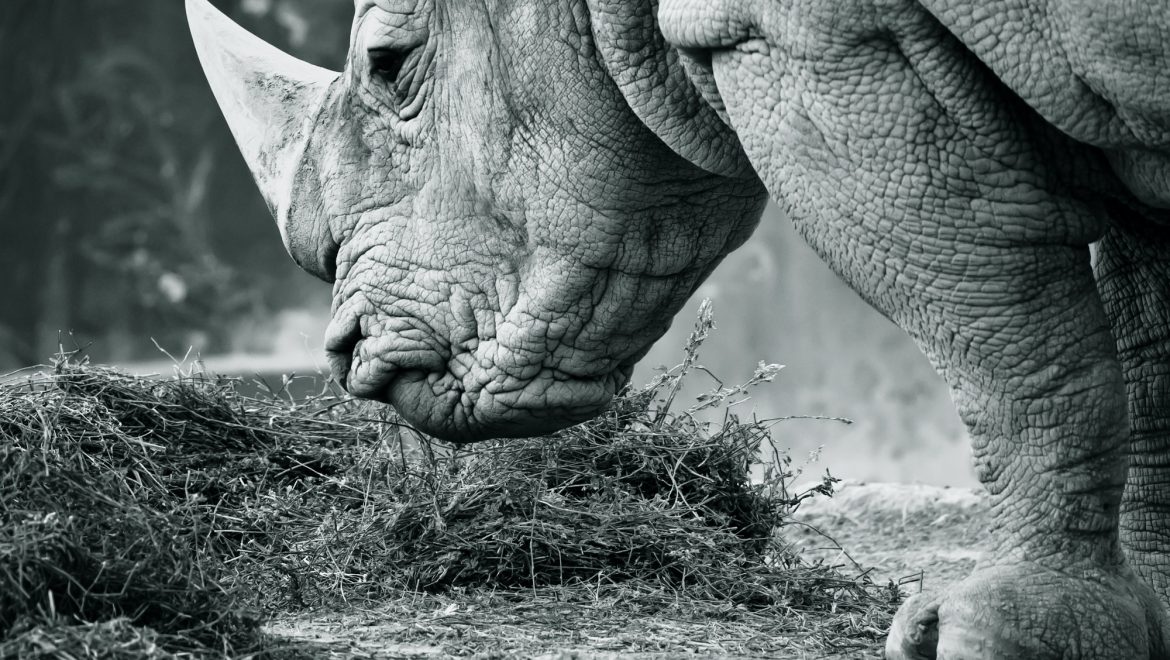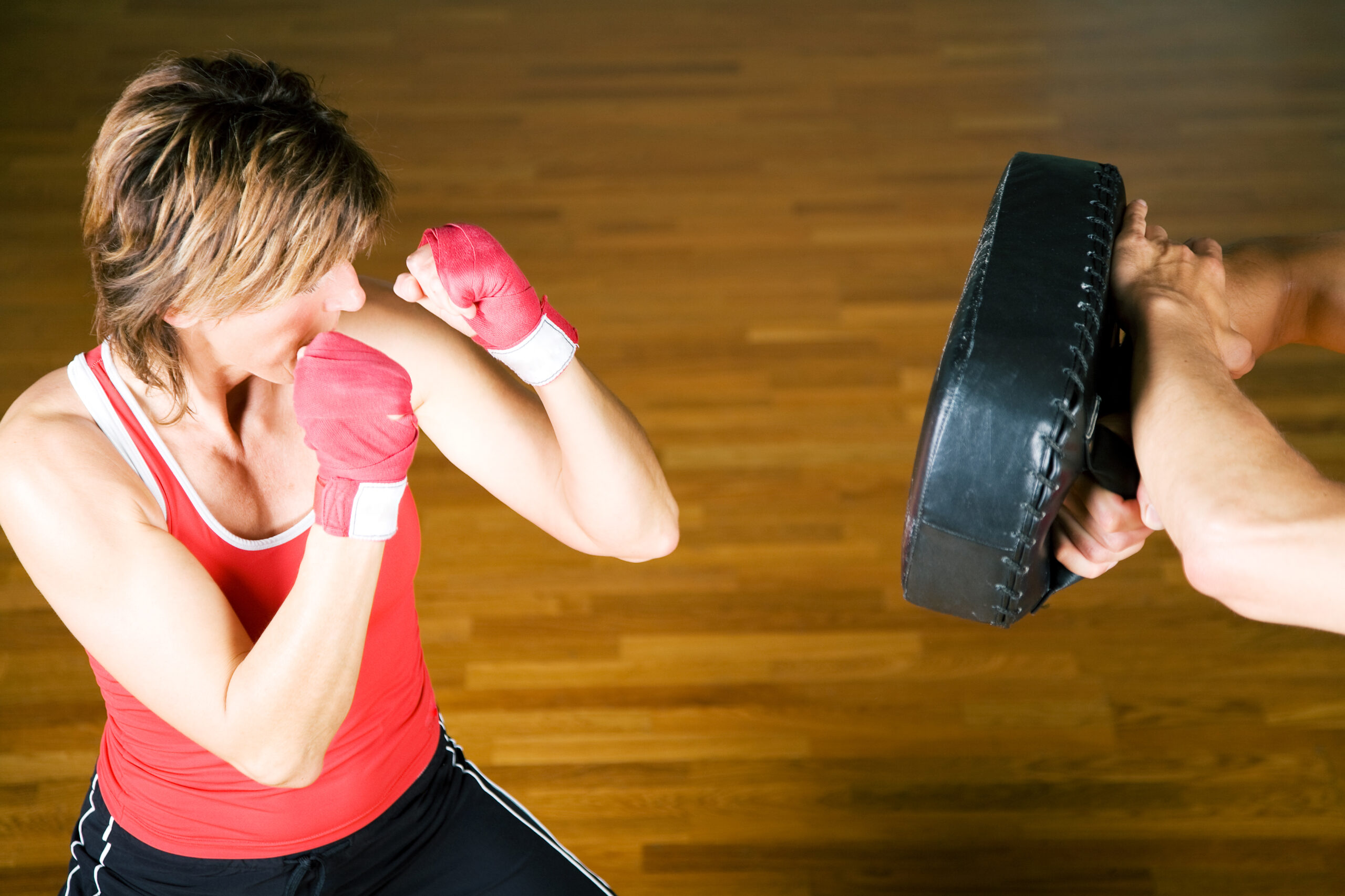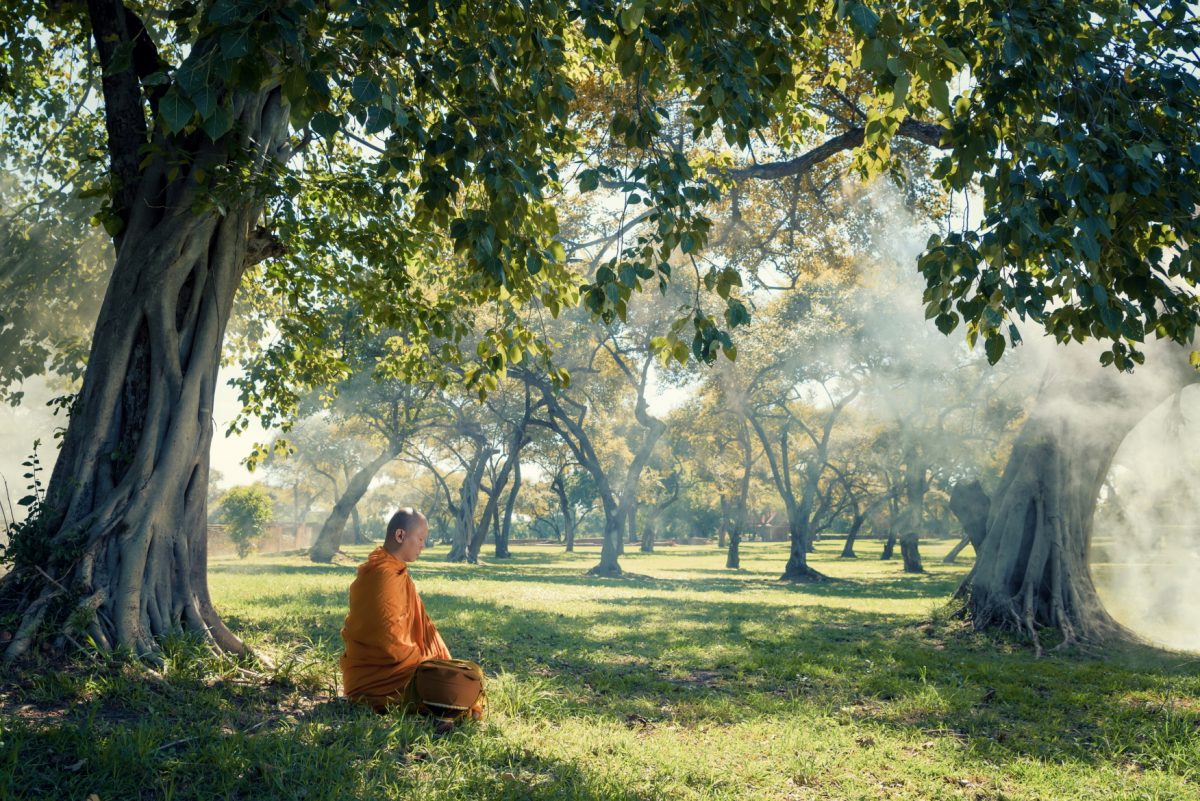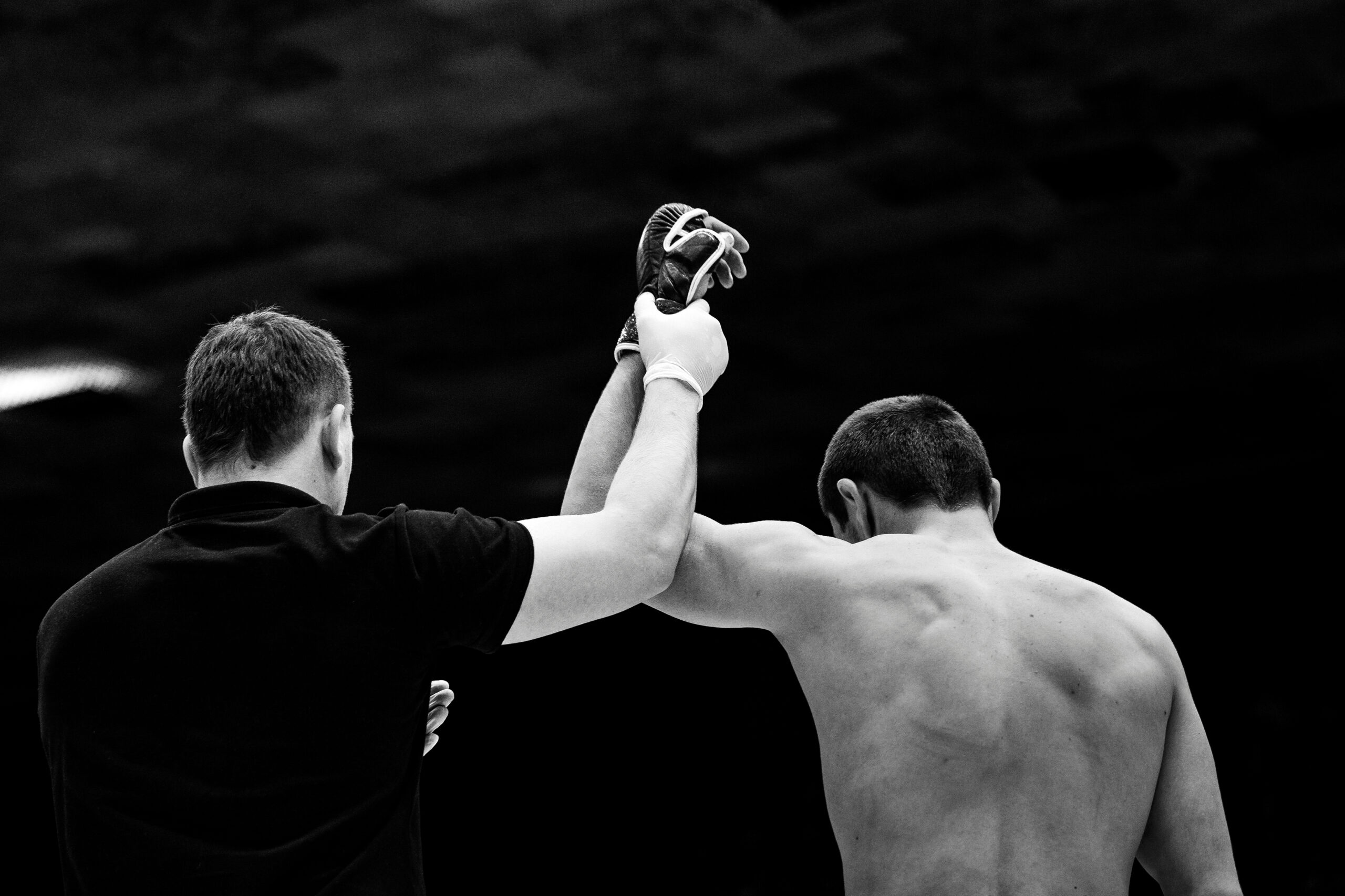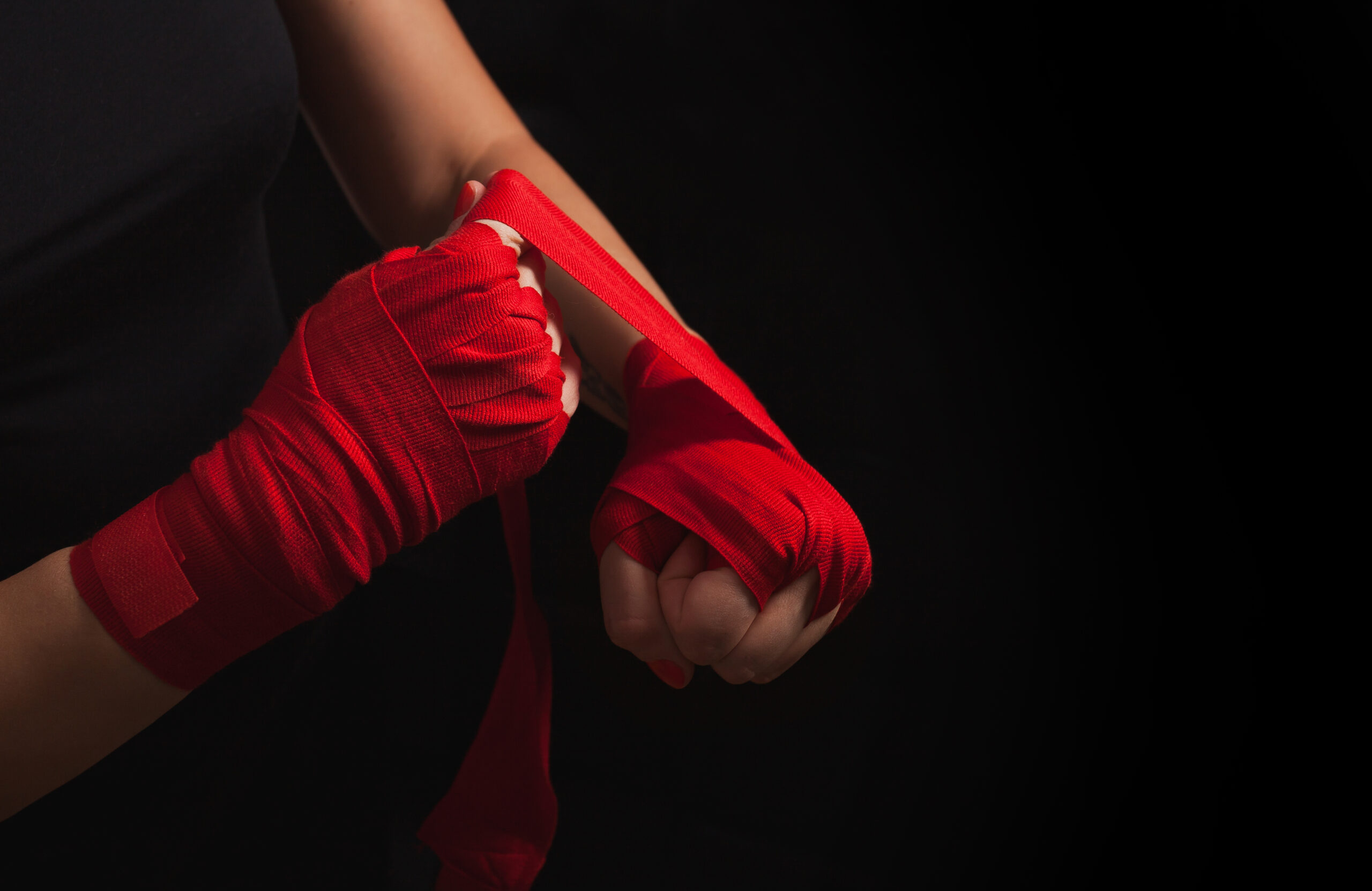11. Who Do You Think You Are? Part 1
I have to let go of what I am, if I am ever to become what I choose to be.
Let me unpack this a bit. I am making a number of significant implications in this statement.
The obvious message is that we are not destined / doomed to be the person we currently are, we can in fact recreate ourselves. This is not only a key theme of the great existentialist thinkers but is evident in the work of many of the early Greek thinkers.
It is common in many social systems and some religions to consider oneself a fixed socially static being. The idea implied is that God has made me this way, or the blood I’ve inherited from my ancestors has, and I should be content, accepting and be the best fit I can be in my given place. This is, of course, an idea that suits those for whom chance has placed at the top of the social hierarchy. If you are in the highest caste you will certainly like the system to remain rigid. If you are born rich, with a title or great privilege, you’ll like the idea that somehow you must be suited for that position. Consider the many stories in which the lowly groom saves the princess or wins her favour, possibly saving the kingdom. When the final twist of the story arrives, it turns out that the groom is actually a long-lost aristocratic/royal son, dispossessed by some common bureaucrat/jealous relative etc. Because, of course, his blood, or some version of ‘the divine right of kings’ will have endowed him with the courage, wit and determination to overcome. If you are old enough and English you will remember a favourite hymn we all learned at primary school, “All things bright and beautiful” did anyone notice the line “the king is in his castle, the poor man at his gate, the Lord has made them high and lowly and ordered their estate”. Such sentiments have helped maintain the privilege of the few for centuries and much more importantly, curtailed the ambitions of the vast majority. But are you destined by social position to be a certain sort of person? I’m labouring this point a bit because I have come across so many people who, when asked what is stopping them from achieving some particular ambition, after lots of deep consideration, said that they felt it wasn’t there place, or words to that effect. They had unconsciously bought into the idea of class or caste or some version of this idea.
What about upbringing? Am I only the result of the sum total of my life’s experiences and my reactions to those? You are hugely the result of your past in many ways. But let’s be clear. It is generally not the things that happen to you, but how you reacted to those events that have shaped you. It is not by chance that the vast majority of psychotherapy, of every type, spends a lot of time and effort examining a person’s past. It gets complicated because you were also taught how to react, so that comes back to upbringing and frankly it seems that some people are born fighters, some are born optimists, which brings us neatly to genetics.
What about genetics? Don’t I inherit everything I am: my disposition, intelligence, fitness etc. from my parents? The answer is a sort of yes and no. What the most recent studies seem to suggest is that we have a huge library of potential genetic factors to choose from. Having a gene for a type of cancer for example is like having a particular book on your shelf, but you could go your whole life never taking that book off the shelf and opening it. The breadth of potential is huge, but the environment of a cell seems to determine whether a gene is switched on or off. That environment incudes not just the nutrients or toxins we take in from drinking, eating, breathing etc. but includes the effect of the exercise we take and (roll of drums) what we think. Yes, you read that right. What you think and the emotions you trigger sending neuropeptides to every cell in your body is hugely responsible for the chemical environment of your cells and that will affect which genes are switched on or off. That is why so many diseases are now referred to as stress related. Who you are and how you perceive the world you live in are the result of your past thinking. Which means, of course, that what you think now is moulding your future world and person you will be.
But whether by divine will or genetics or the shaping of nurture, is it true that we are stuck with our current state?
Is it the case that the best I can do is to learn who I am and be content with that? Well if so, what a great excuse. It does take the pressure off me to even try to be better. I can’t really be to blame for anything either. Every character weakness or fluke of birth, I can excuse myself for. I get my temper and gluttony from my father, my laziness and alcoholism from my mother, my lack of discipline from their parenting and my right to sit in the House of Lords from God. It’s not my fault, it’s all just the way it is.
But what if I choose to be different? Is it possible for me to learn a different way to think; a different behaviour, habit, attitude or tendency? Could I, for example, learn a technique to control my temper? Could a determined effort to think differently become a habit and them my new normal? Could that new thinking produce a new behaviour? Could that behaviour become a habit and my the new behaviour is assimilated into who I have become? Could I imagine the person I wish to be, and find a way to become him/her? In short, is it possible to take the responsibility for the creative process and reinvent me. Not simply pretending to be something different, but actually becoming different.
Think about this. If I pretend to be a gardener, by doing some gardening every day and I keep up the pretence for a year or so, surely at some point the claim that “I’m not really a gardener, I’m just pretending” becomes meaningless. Imagine how successful such a plea would be in court, “oh I’m not a burglar, I’ve just been pretending to be a burglar, by burgling other peoples’ houses”. Be, what you wish to become.
The other implication is that we need to let go of who we are. The problem is that we become attached to our identity, no matter how much we do or don’t like it. It takes a major act of the will to simply let go. When I gave up smoking, one of the hardest things was letting go of my previous identity. I was a smoker, and for years I was a smoker who no longer smoked. It was who I was, part of my identity and as such it was unconsciously precious to me. We simply feel uncomfortable with the new version of ourselves, like wearing new shoes, or a wholly different style of clothes. Ironically, the more society in general disapproved of smoking, the more pressure I felt to give up, the more I resisted. I am one of those people who when feeling attacked in any way, will react by bringing up my guard and come out of my corner fighting. Even an element to my character, that I disliked, like smoking, was still part of me and therefore I felt protective of it and tried to hang onto it.
I had to learn to identify myself with the person I was becoming by my current choice, not the person I had become by that complex combination of circumstances that was my history.
So it is the case that “I have to let go of what I am, if ever I am to become what I choose to be.” The letting go part, is often the hardest part of that equation.

